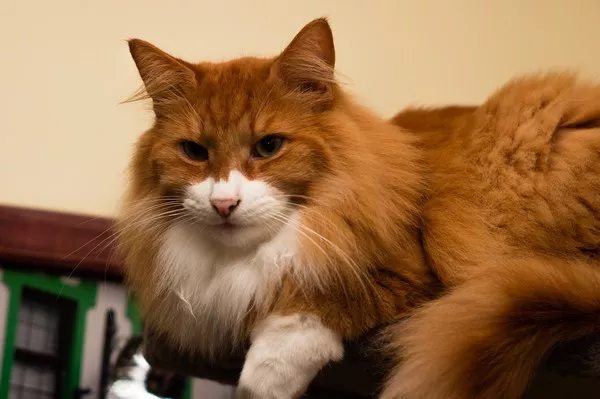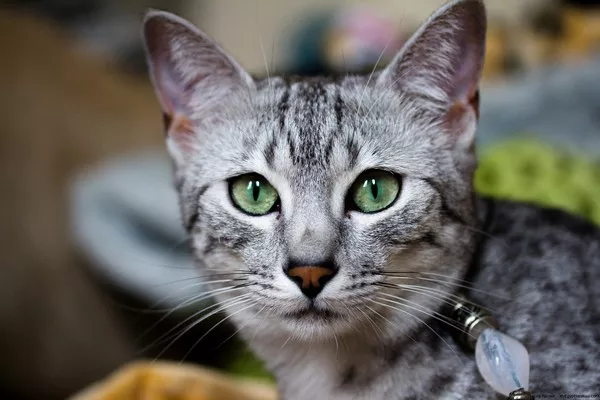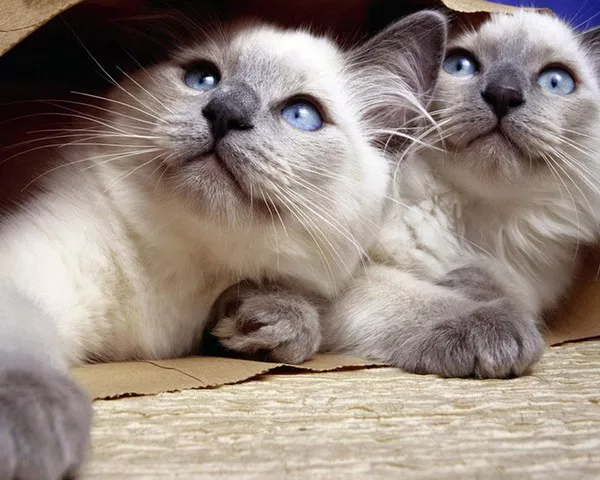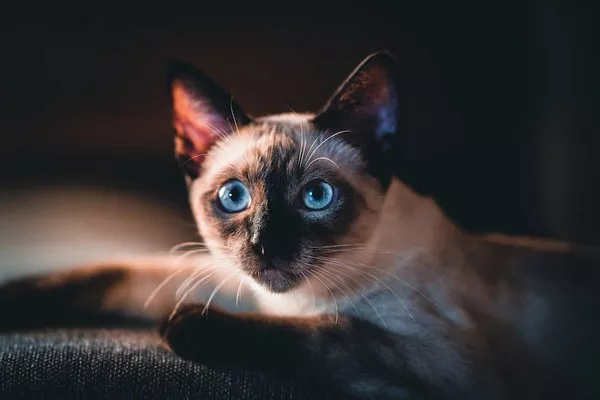The Norwegian Forest Cat, with its captivating appearance and mysterious aura, has long intrigued cat enthusiasts around the world. As the breed’s popularity continues to rise, questions about its origins and introduction to various regions arise. In this article, we embark on a journey through time to uncover the historical roots of the Norwegian Forest Cat and shed light on when and how this enigmatic breed was introduced to different parts of the world.
1. The Ancient Beginnings of the Norwegian Forest Cat
Historical Context
The Norwegian Forest Cat, known locally as the “Skogkatt,” has a history intertwined with Norse mythology and Scandinavian folklore. These cats were revered by the Vikings and featured prominently in their tales.
Natural Adaptation
Originating in the rugged landscapes of Norway, these cats developed robust traits to survive harsh winters. Their dense water-resistant coats, tufted ears, and bushy tails served as protective features against the elements.
2. The Introduction to New Lands
Seafaring Expeditions
The introduction of Norwegian Forest Cats to other lands is often attributed to the Vikings’ seafaring expeditions. These intrepid explorers and traders may have brought these feline companions with them on their journeys.
Migration and Trade Routes
As the Vikings established trade routes and settlements, Norwegian Forest Cats could have accompanied them, spreading their presence to different parts of Europe.
3. Renaissance and Modern Revival
Renaissance of Interest
After a period of relative obscurity, the Norwegian Forest Cat experienced a renaissance of interest in the early 20th century. Cat enthusiasts and breeders began to recognize and appreciate the breed’s unique qualities.
International Recognition
The breed gained international recognition, with breed standards established in various cat registries. This recognition solidified the Norwegian Forest Cat’s place in the world of pedigreed cats.
4. The Norwegian Forest Cat’s Journey to the United States
Arrival in the United States
The Norwegian Forest Cat was formally introduced to the United States in the 1970s. Breeders and enthusiasts imported cats from Europe to establish breeding programs and promote the breed’s distinctive traits.
American Cat Fanciers Association (CFA)
In 1987, the Norwegian Forest Cat was accepted for registration in the American Cat Fanciers Association (CFA), marking an important milestone in its journey to recognition in the United States.
5. Impact on Modern Cat Breeding
Preservation of Heritage
Breeders and organizations dedicated to the Norwegian Forest Cat focus on preserving the breed’s heritage and unique qualities while ensuring responsible breeding practices.
Genetic Diversity
Efforts are made to maintain genetic diversity within the breed’s population, reducing the risk of inherited health issues.
6. The Cultural Significance
National Symbol
In Norway, the Norwegian Forest Cat holds cultural significance and is celebrated as a national symbol. It’s often referred to as the “Norsk Skogkatt,” representing the country’s rich history.
Folklore and Legends
The Norwegian Forest Cat’s role in Norse mythology and folklore continues to capture the imagination, adding an air of mystique to the breed.
7. The Journey Continues
Global Presence
Today, Norwegian Forest Cats have a global presence, cherished by cat lovers for their striking appearance, gentle demeanor, and connection to centuries-old stories.
Breed Enthusiasts
Breed enthusiasts, historians, and cat lovers alike continue to delve into the breed’s origins, preserving its history for future generations.
Conclusion
In conclusion, the Norwegian Forest Cat’s journey through history is a tale of mystery, cultural significance, and international appeal. From its ancient beginnings in Norway to its introduction to new lands through Viking expeditions, this breed’s story is intertwined with the narratives of human exploration and cultural exchange. As Norwegian Forest Cats continue to captivate the hearts of cat enthusiasts worldwide, their origins remain a testament to the enduring bond between humans and their feline companions.
























